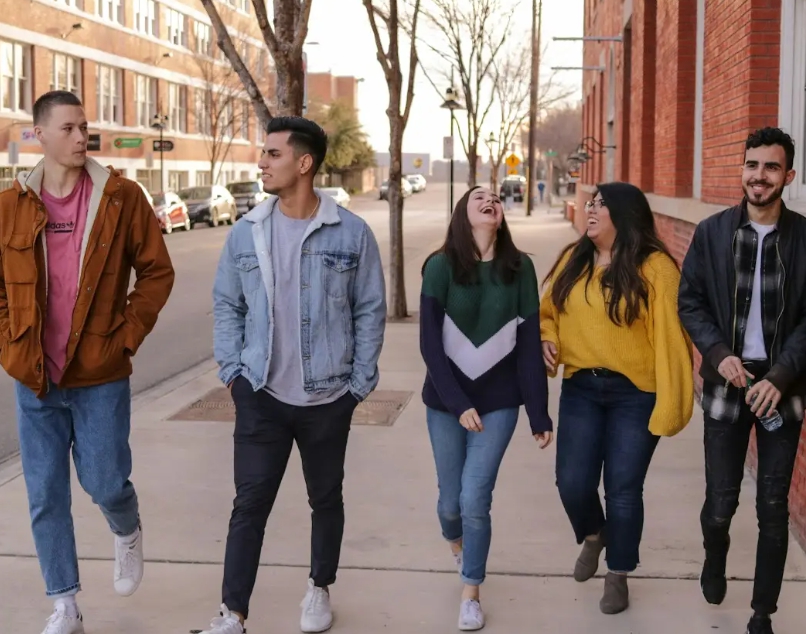
This article highlights the decline of “third places” like malls and arcades, emphasizing how teenagers are increasingly isolated as socializing moves online. It addresses economic challenges teenagers face and underscores the need for affordable, accessible spaces for youth to connect in person.

Many places like arcades and malls have significantly declined as entertainment and shopping shifted online. The loss of “third places” has become a struggle for many teenagers who want places to hang out in person. Most young people feel isolated and find it difficult to find affordable and accessible places to spend time with their friends besides home or school.
The term “third place” was first introduced by sociologist Ray Oldenburg and describes places outside of home (first place) and work or school (second place) where people from different backgrounds socialize. Places like shopping malls, parks, coffee shops, and libraries are examples.
The Shift to Online Socializing
How teenagers spend their free time and interact with friends has dramatically changed in recent years. The COVID-19 pandemic especially fueled the shift toward online interaction. When teenagers weren’t able to go anywhere during the pandemic, they connected through social media platforms like TikTok, Instagram, Twitter (X), Discord, and played online games. Many movie theaters were closed as media shifted to online streaming services such as Netflix, YouTube, Apple TV, and more. Even though this allowed teenagers to connect globally, they weren’t able to socialize in person, making them feel lonelier than before.
The Cost of Hanging Out
Economic factors have also played important roles in the decline of third places. Many individual businesses, like arcades and bowling alleys, closed due to rising costs and decreased foot traffic. Additionally, many teenagers face financial challenges when it comes to hanging out. They rely on their parents for money and transportation. With rising costs for food, products, and gas, finding affordable options has become even harder. For example, going to the movies was common and affordable compared to other options like shopping and arcades. However, according to The Numbers, the average price of movie tickets increased from $8.42 in 2015 to an average of $9.18 in 2020, further rising to $11.31 in 2025. Actual prices can be even higher, not including additional costs like drinks or popcorn. It’s understandable why teenagers would prefer paying around $8 a month for streaming services to watch movies and dramas at home instead.
The Consequences of Losing Third Places
With fewer places to go, teenagers are often judged just for being in public. Some businesses even have strict rules targeting teenagers. The lack of accessible places can lead to major consequences, including mental health issues and difficulties developing relationships with others.
Third spaces are vanishing far too quickly, and teenagers are losing key locations to socialize with others. While online interaction has become a social norm, it cannot replace the value of face-to-face communication. More welcoming and affordable options, such as events for teenagers hosted at schools or local areas, are needed to ensure teenagers have accessible and safe places to hang out.
<Hyeona Kim, Student Reporter> Crescenta Valley High School hkim0741@stu.gusd.net






